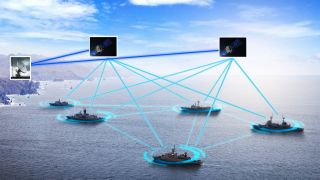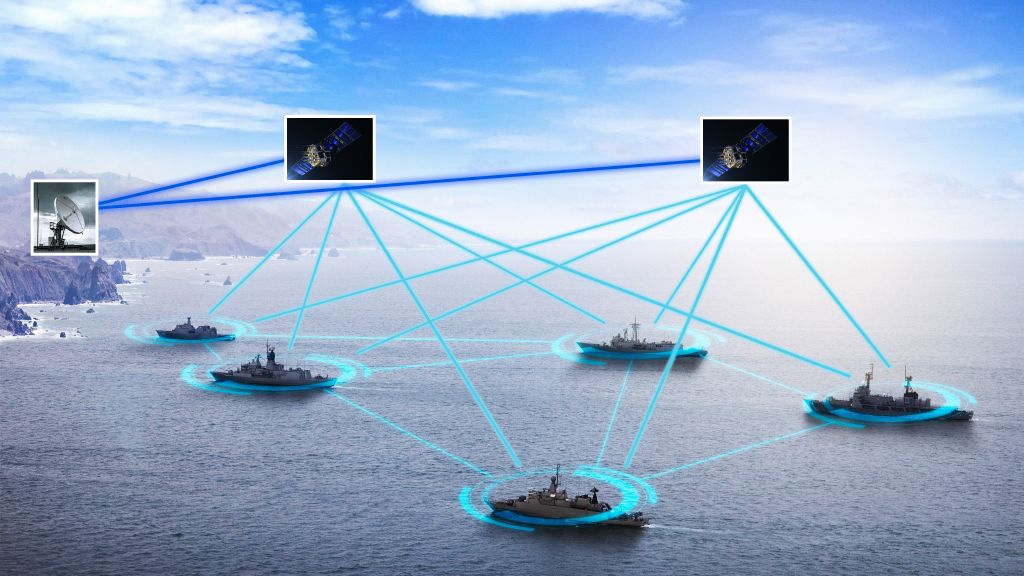Optimised IP Data Stream Management for Maritime Communications
Maximising the Efficiency of IP-based Transmission for Naval and Commercial Shipping
Modern naval vessels rely on sophisticated IP-based transmission for both short-range (Line-of-Sight - LOS) and long-range (Beyond Line-of-Sight - BLOS) communication with other ships and shore-based stations.











